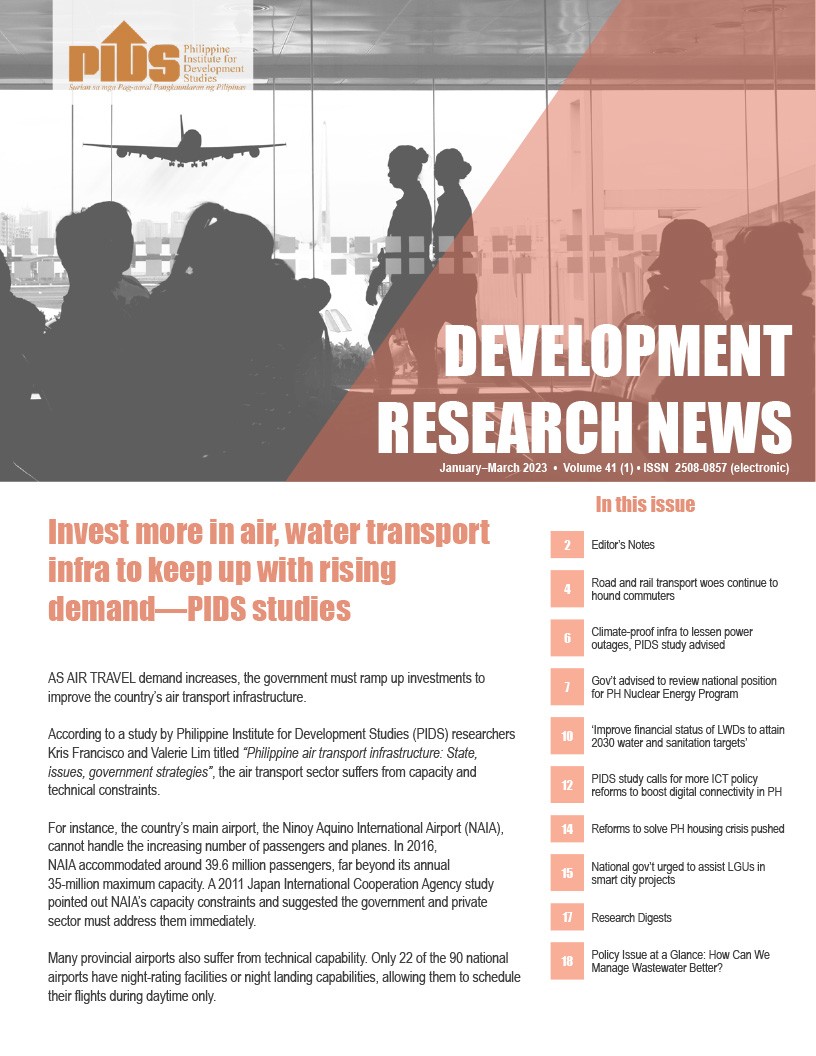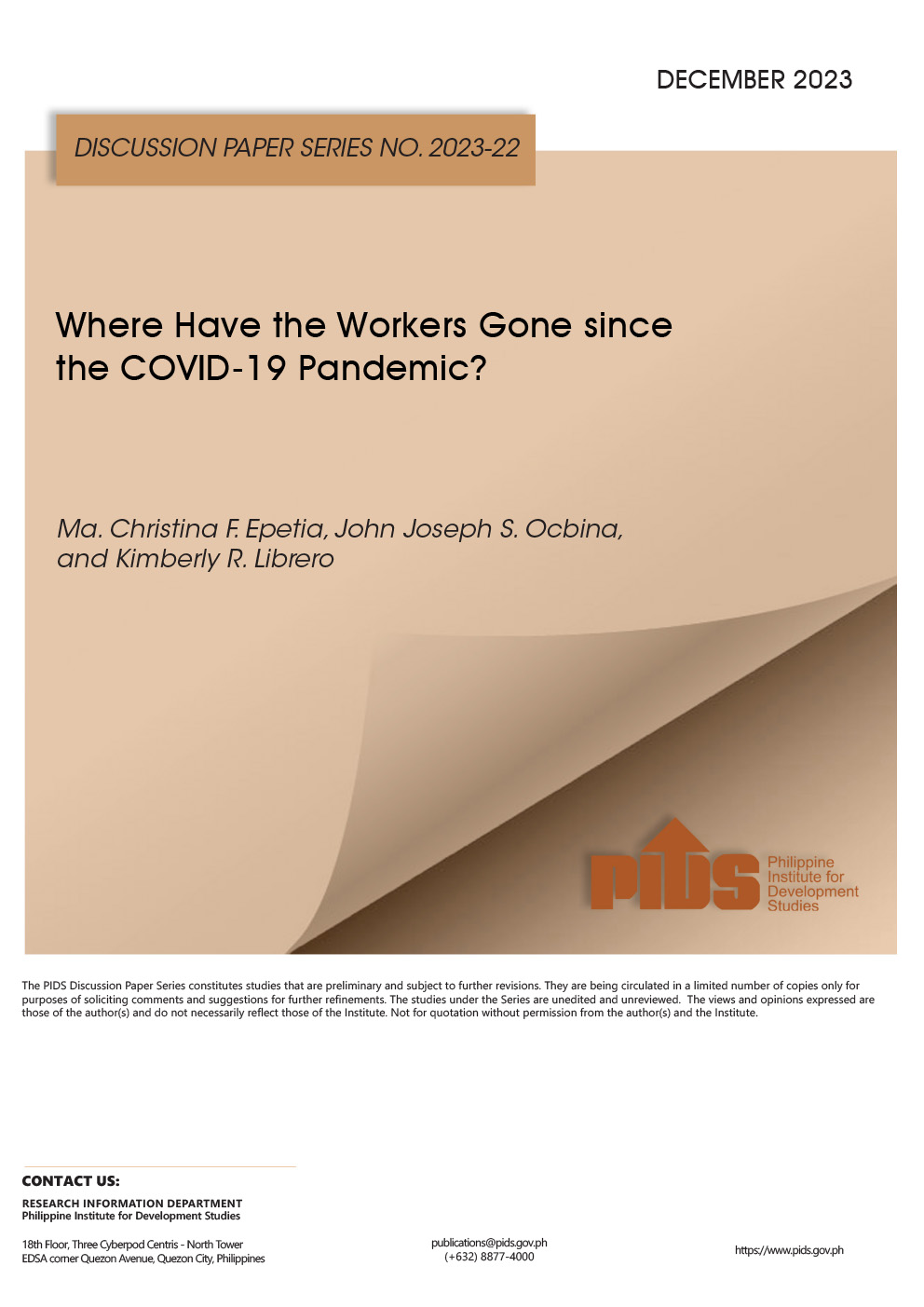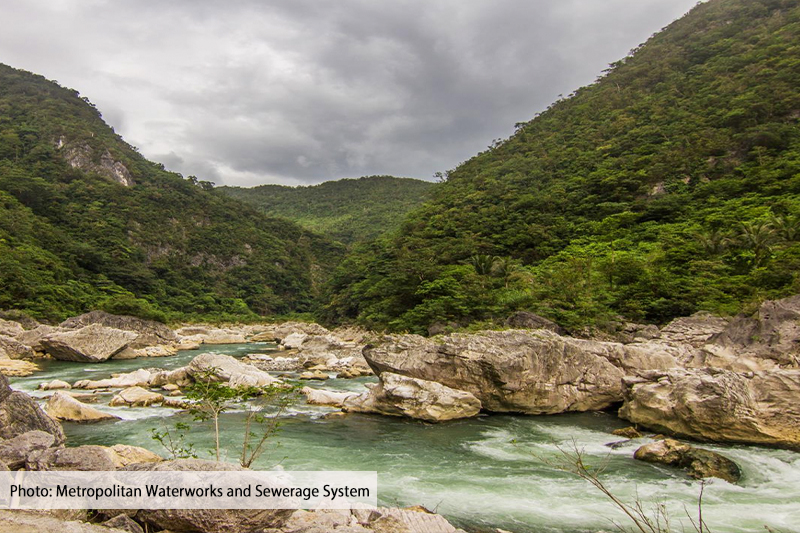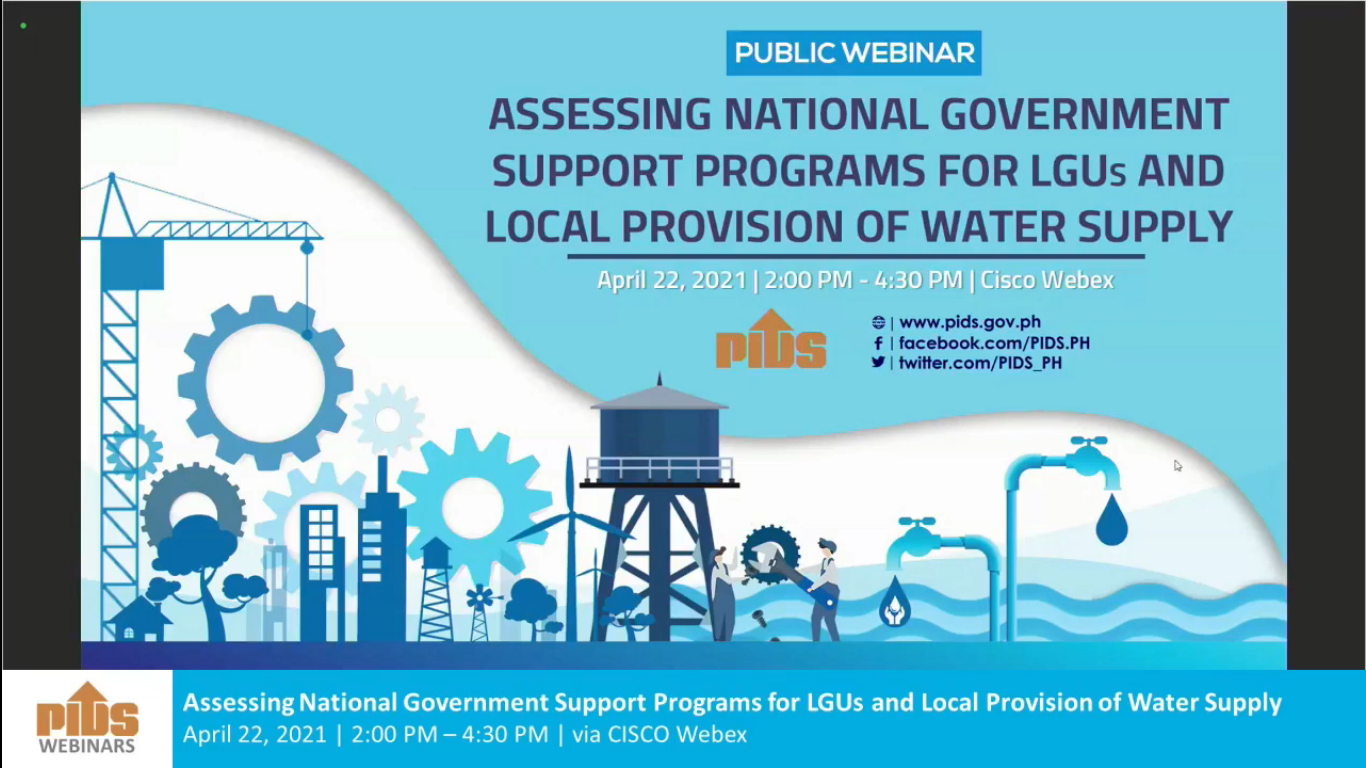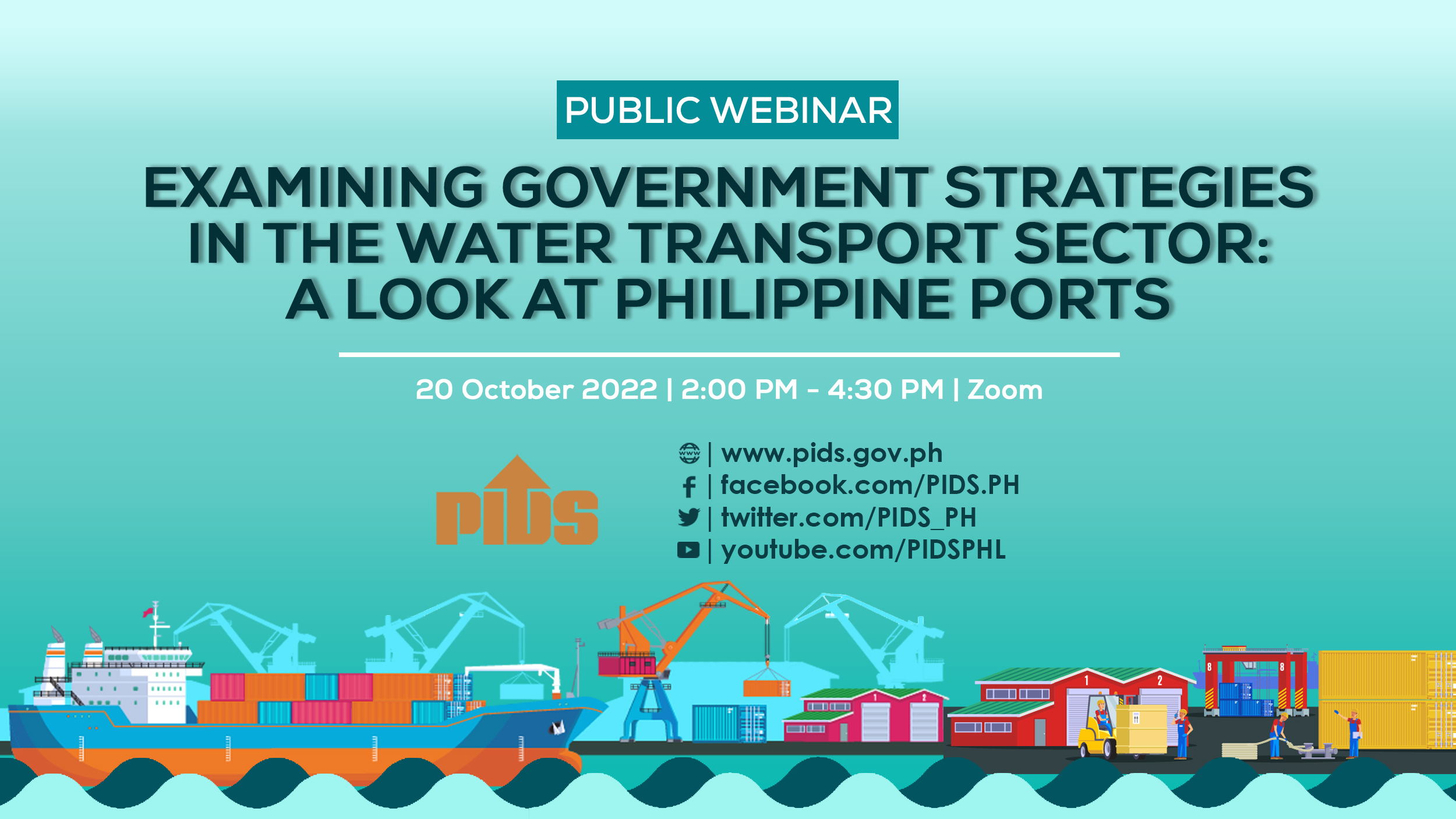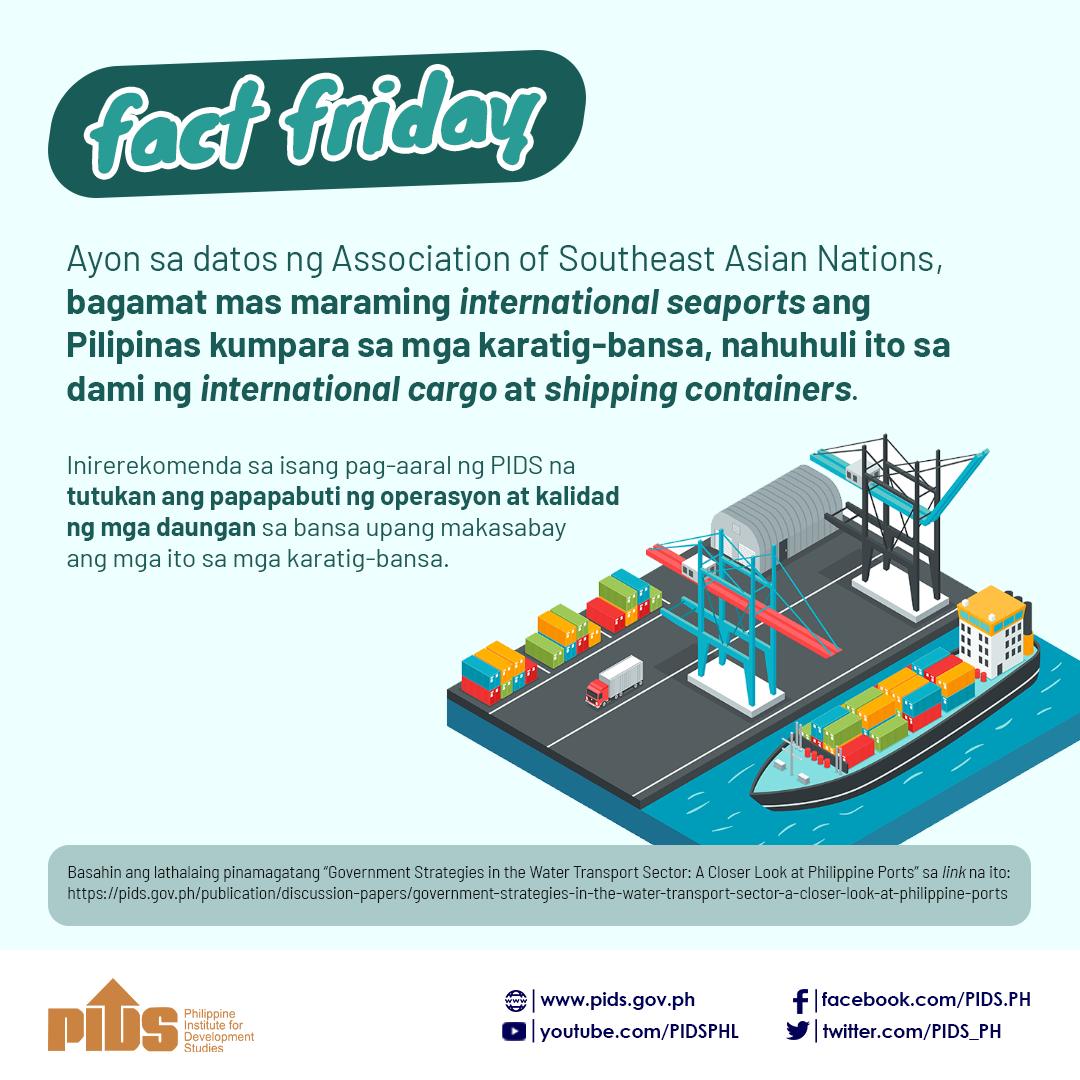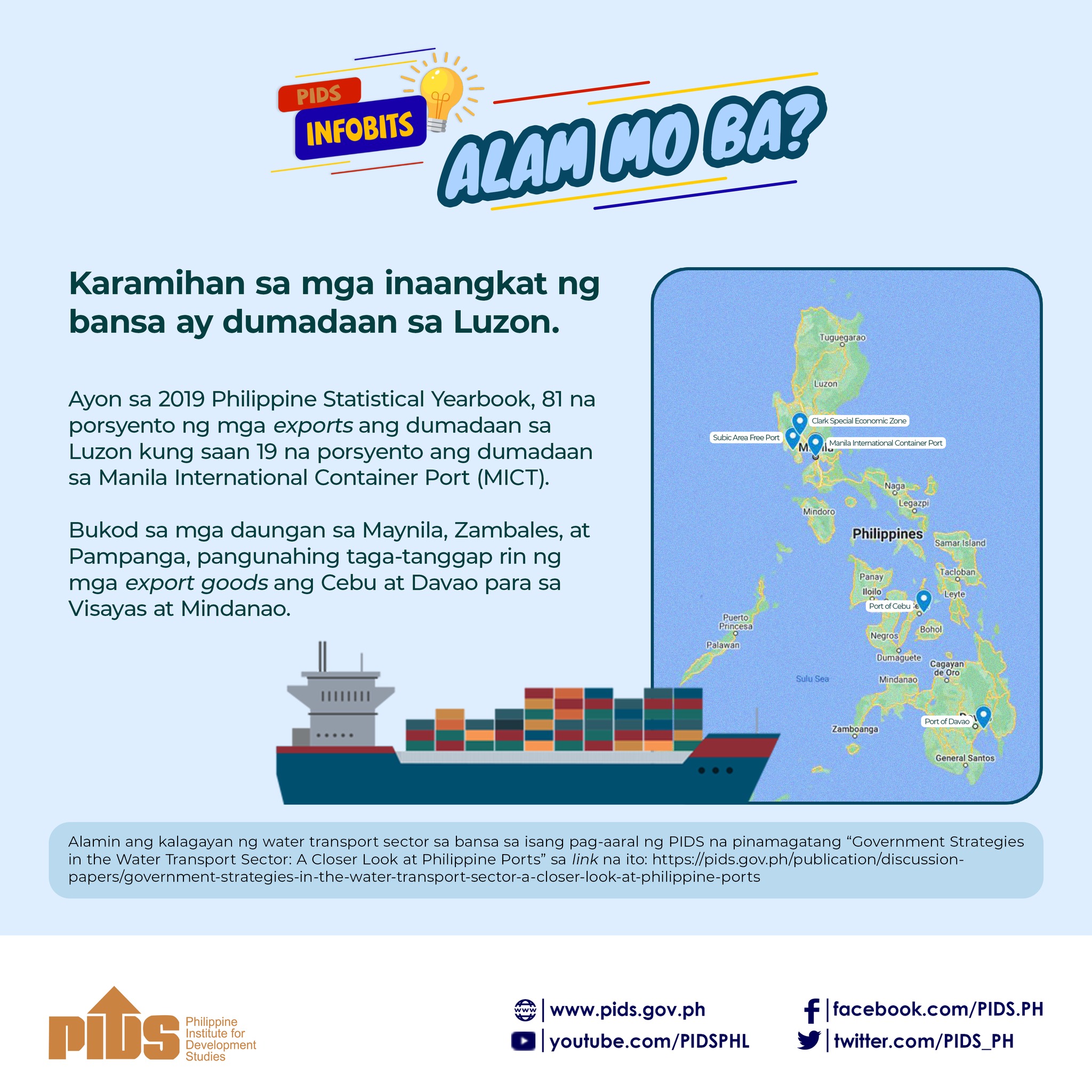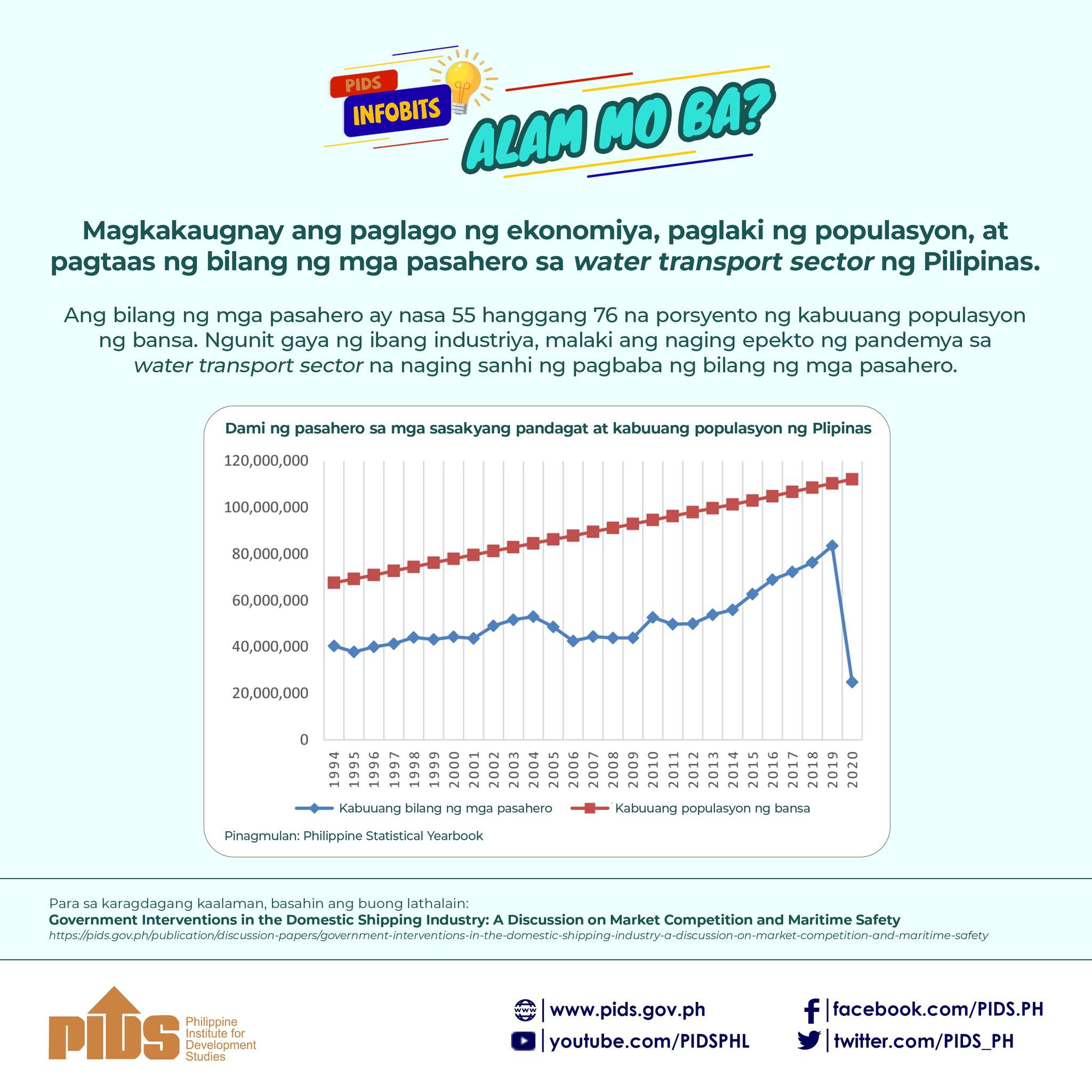A powerful environmental determinant of health, the quality of drinking water is a good foundation for the prevention and control of diseases, especially the water-borne ones. According to the Philippine Institute for Development Studies, the availability of clean potable water in the country has decreased because of water pollution. While the country is surrounded by water and rich in freshwater, there are only 39 percent of classified inland surface water bodies that can be tapped for human consumption. Based on the reports by the Environmental Management Bureau, the number of monitored freshwater bodies of water which failed the standard in dissolved oxygen and biological oxygen demand has been significantly increasing, with average annual rates of 22.90 and 22.30 percent from 2000 to 2007. Among the Southeast Asian countries, the Philippines ranks second lowest in freshwater availability. Reports predict that in the near future, more Filipinos will not have adequate access to safe drinking water. Every year, one Filipino can only consume and use an estimated 1,907 cubic meters of freshwater because of water pollution. Improper waste disposal, sedimentation from indiscriminate land development, over-extraction of water resources, and flooding in coastal and low-lying areas have resulted in poor water quality in the country. So, what kind of water should we drink? Should we drink hard or soft, distilled or purified water?

